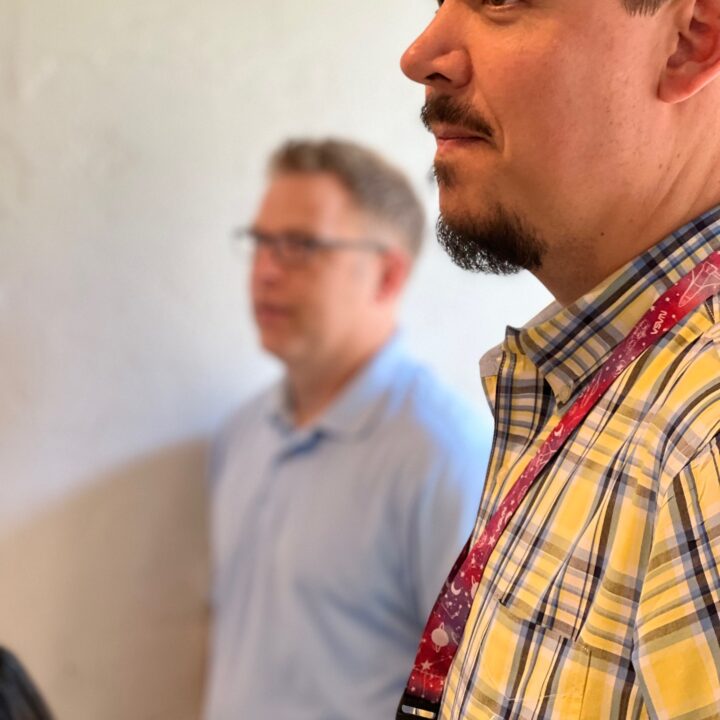Blockchain and Generative AI: What’s the Difference? BLOCKCHAIN! …And generative AI? These topics keep being brought up together, associated, compared as revolutionary technologies, and Aaron has had enough! In this episode, we break down what blockchain is, how it compares to generative AI, and where the real value lies for these technologies to make the […]
For Episode 3 of Asemio Decoded’s second season, “Decoding Data,” Aaron and Jess explore the secret to driving organizational growth through the power of data. Join us as we embark on a journey through the heart of data’s role in shaping the future of mission-driven organizations.
“While having an abundance of data can be a good thing, if teams don’t engage with it on a regular basis, nonprofits risk missing out on valuable insights and opportunities for action.”
Given that nonprofit technology investments are often considered operational or overhead costs, organizations sometimes struggle to fund and thus benefit from technological advancements even though tech is essential to maximize impact. To help organizations overcome this challenge, we’ve put together some tips on how to make the case for funding new technology.
Brace yourselves for an in-depth and engaging conversation that breaks down the hype and concern around ChatGPT, the fastest-growing application in history. Discussing ChatGPT with Aaron Bean, Asemio Managing Director In this episode, Jess sits down with fellow co-host Aaron Bean, co-founder and visionary with a deep passion for innovative technologies. Aaron’s expertise in the […]
“Before investing in custom technology solutions, nonprofit leaders should assess whether that’s the right approach for their organization or not.”
“By approaching this selection with clarity and these key criteria in mind, nonprofit organizations like yours can increase the likelihood of selecting a partner that can provide effective support and help you achieve your goals powered by the latest technology.”
“When we talk about data maturity, we’re referring to the degree to which organizations are collecting and analyzing data to make informed operational decisions.
“Ultimately, a data system designed to support daily functions like these can streamline your team’s workflow, making it easier to focus on doing the work and generating greater positive results.”
Asemio Decoded is back for Season 2 with a lineup of new guests, new topics, and the same commitment to exploring how technology can and is used to make the world a better place. Whether you’re a returning listener or finding us for the first time, our latest episode with guest, Lucie Doll, is a […]













